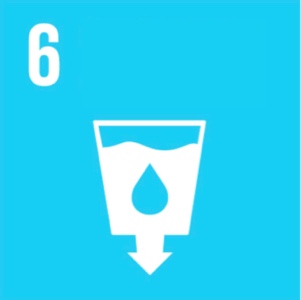Gold Standard is updating its Technologies and Practices to Displace Decentralized Thermal Energy Consumption’s (TPDDTEC) methodology to introduce simplification and reduce monitoring requirement and transaction costs for project developers yet maintain the highest level of rigour and robustness associated with Gold Standard, enabling carbon finance to continue to support the delivery of safe water to vulnerable communities with the highest levels of integrity. The update is also intended to reflect the latest developments/advancements made in the distributed energy sector. As first step, Gold Standard has updated the Annex 3 Application of the methodology to safe water supply projects and now seeks stakeholder feedback on the proposed updates.
Stakeholders should note that Gold Standard is contemplating making the Safe Water Supply Annex a standalone methodology; however, a final decision will be taken after the public consultation. Key updates made to the Annex 3 for safe water supply projects are as follows:
1. Scope expansion: The applicability of the methodology has been expanded to Low GHG emission safe water treatment technologies, provided associated conditions are met.
2. Methodology applicability: Existing applicability criteria are updated to reflect the latest guidance provided by the World Health Organization (WHO) for the Water, Sanitation, and Hygiene (WASH) sector.
3. Clarity on requirements: The annex clearly distinguishes between requirements for household water treatment (HWT) technologies and community water treatment (CWT) technologies including water quality testing, usage rates, emission reduction calculation approach etc.
4. Safeguards:
- The methodology introduces the requirements to align project with host country regulatory framework for provision of safe drinking water.
- Institutional/Commercial installations may not consider Suppressed demand in establishing baselines.
5. Emission reduction calculation: The existing emission reduction calculation approach is updated to simplify and provide clarity on quantification methods. Default values, where available, have been provided for various input parameters and may be used to streamline the monitoring and verification process, though developers still have the option of monitoring various parameters and providing evidence for values higher than the default figures.
6. Field studies & monitoring requirements:
- Baseline – options & guidance on fuel/technology considerations for baseline establishment are provided
- Specific Energy requirement approach to quantify the energy required to boil water has been introduced. It replaces the baseline water boiling test (BWBT) requirement of current version of TPDDTEC methodology. This method applies default values and simplifies the requirements by removing the needs to conduct field test. Developers still have the option of implementing a field test according to the guidance and providing evidence for values higher than the default figures.
- Water quality testing – Updated requirements on frequency of testing, quality parameters to be considered.
- Quantity of treated water: Alternative options have been introduced to determine/measure the quantity of treated water; Caps for claimable water volume have been updated.
- Tier-based modifiers are introduced for water quality results and hygiene levels followed by the project end users. The modifiers are based on the monitoring approach (telephone/in-person) for hygiene surveys and level of testing/compliance with water quality requirements.



